M84 and M86: Close friends?
Part I: establishing masks/centers/etc
Part II: fitting/subtracting galaxy methods
a) Using
whole image but centering/fitting on one with the other masked
b) Slicing image in half, fitting halves and
re-combining fits
c) Fitting central regions and extrapolating fits to
subtract fringes
We take our fitting parameters from the previous work (see Part I,
above):
Galaxy:
|
M1
(M86) |
M2
(M84)
|
Center:
|
(698,1141)
|
(1385,996)
|
PA:
|
-60
|
-55
|
Using the masks described on the Part I page (see here if you like), we construct masks
to fit the galaxies. First mask is a combined OBJ/hand(harsh) mask,
like this, starting with M1 (M86):
( [MtestP2.pl]
+
[Mhandharsh.pl]
) *
[MUN1.pl]
+
[MI1.pl]
=
( 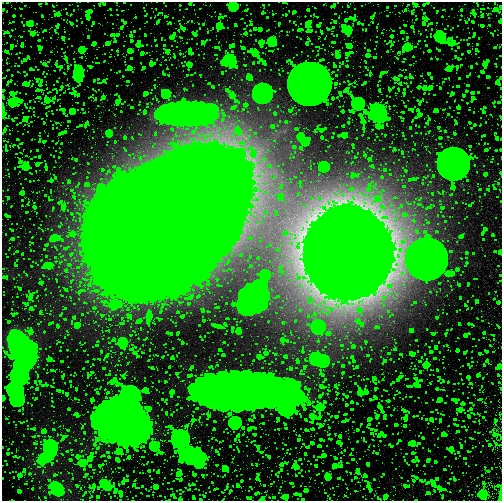 +
+ 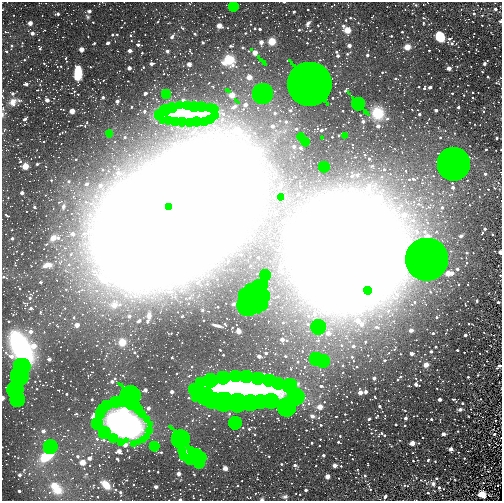 ) *
) * 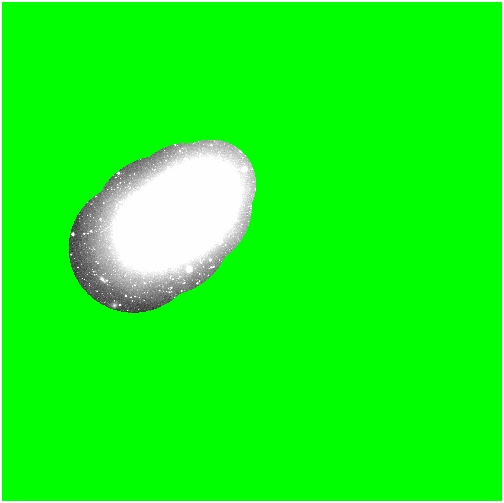 +
+ 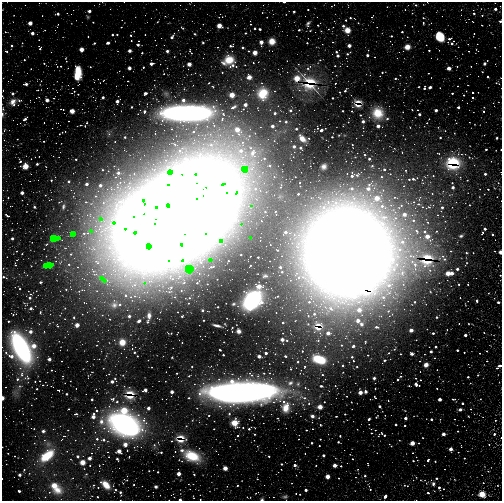 =
=
[M1m1.pl on M.fits with log(r) ellipses]

ellipse fits, with fixed
center at (698,1141), this fit: [sma was limited to 500", as when it
went beyond there it got floating point divide by zero errors, and it's
limited so that M86 doesn't mess it up too much]

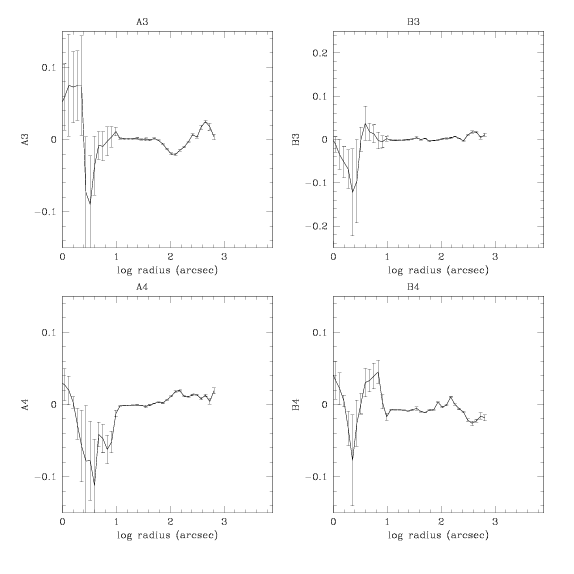
Next, we use this fit to construct a model out its full range, 500",
and extrapolated out to 2000"
[M1m1M.fits]
[M1m1Me.fits] <-- this is running out to 3000 on swayback
(...ebig.fits) at 4p on 10/25/2006

This same procedure is used on the right galaxy, M1, M86:
( [MtestP2.pl]
+
[Mhandharsh.pl]
) *
[MUN2.pl]
+
[MI1.pl]
=
(  +
+  ) *
) * 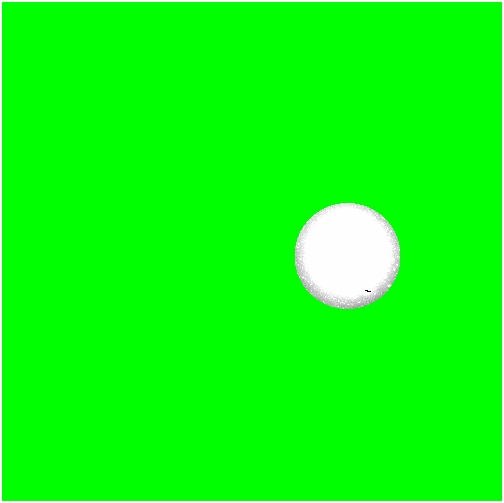 +
+ 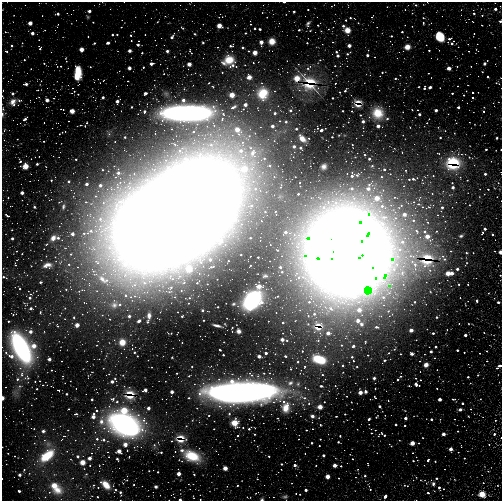 =
=
[M2m1.pl on M.fits with log(r) ellipses]
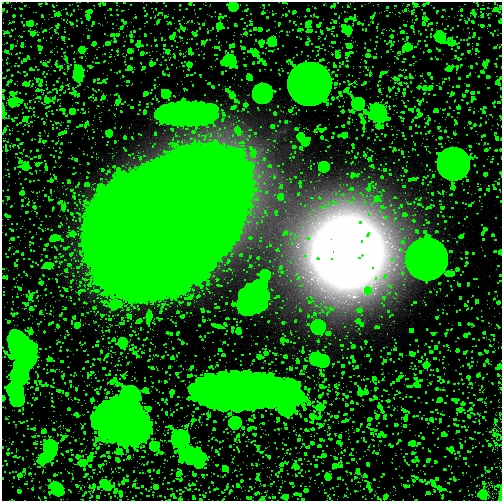
ellipse fits, with fixed
center at (1385,996), this fit: [sma was limited to 500" as before]
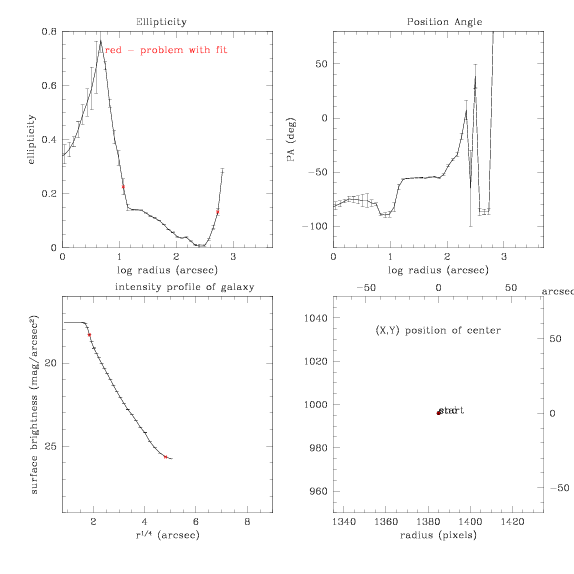

Which models back to full model, and extrapolated:
[M2m1M.fits]
[M2m1Me.fits]
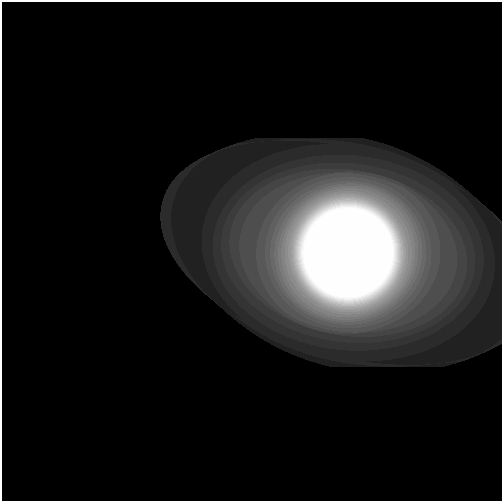
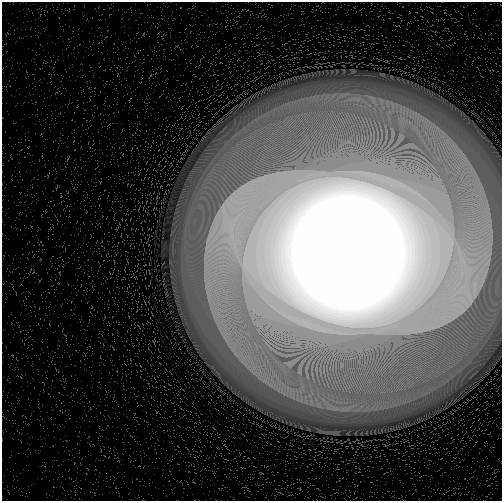
or, limiting the sma to 100, we get this model and extrapolation
[M2m1lM.fits] [M2m1lMe.fits] <-- this
is running out to 2000 on swayback @ 4p, on 10/25/2006

 +
+  ) *
) *  +
+  =
= 



 +
+  ) *
) *  +
+  =
= 




